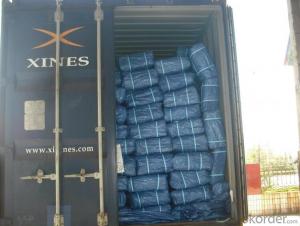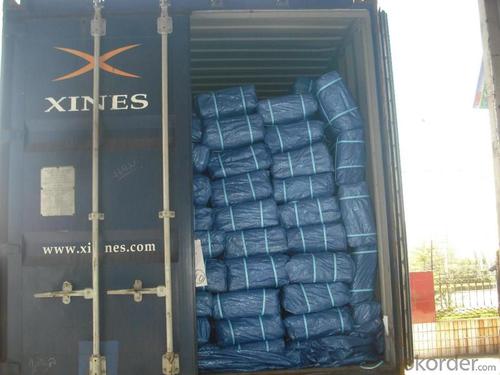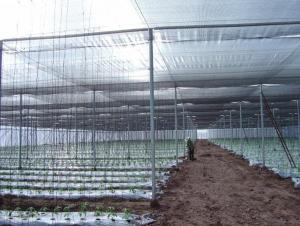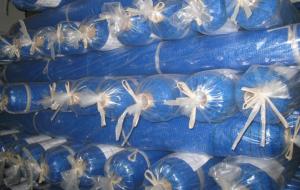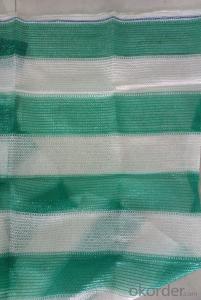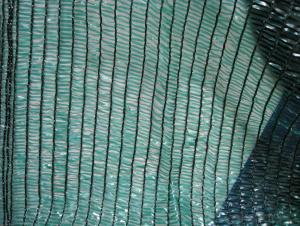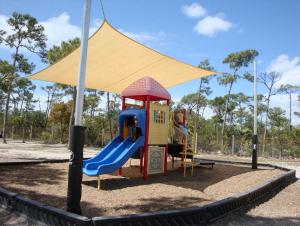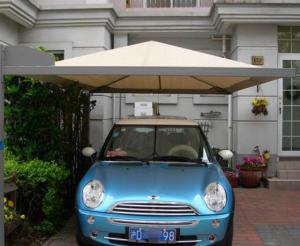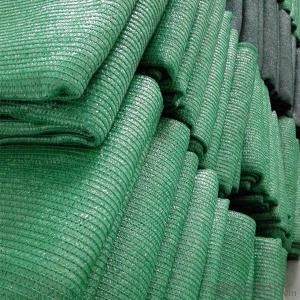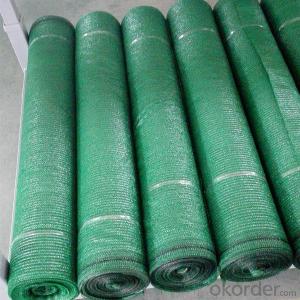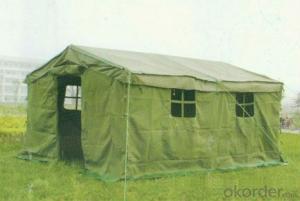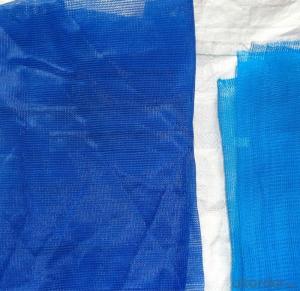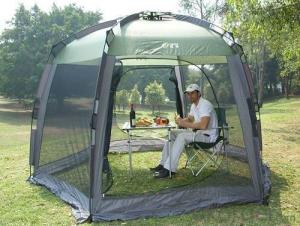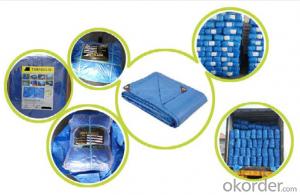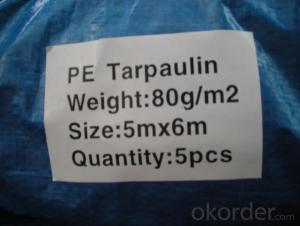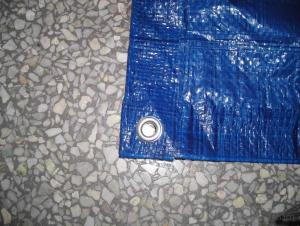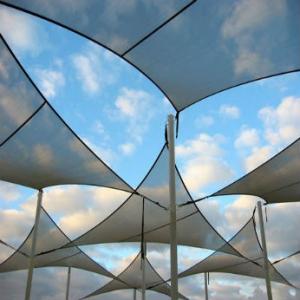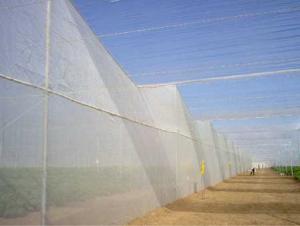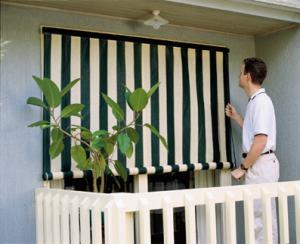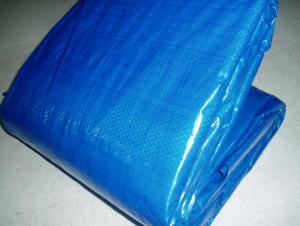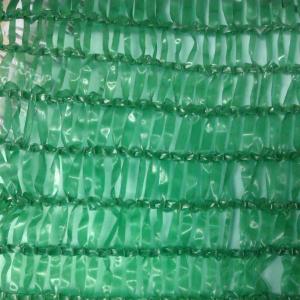Ready made tarps PE tarps waterproof PE tarpaulin plastic sheet for Ethiopia market
- Loading Port:
- Qingdao
- Payment Terms:
- TT OR LC
- Min Order Qty:
- 3000 m²
- Supply Capability:
- 30000000 m²/month
OKorder Service Pledge
OKorder Financial Service
You Might Also Like
Application Ready made tarps PE tarps waterproof PE tarpaulin plastic
PE Tarpaulin can be widely used in as the cover as well as other usage. It can be used in industrial, agricultural, garden and home.
Industrial Ready made tarps PE tarps waterproof PE tarpaulin plastic: Covers for general use, scaffoldings in construction sites, underground sheets,
Covers for truck, cars, boats, containers, warning tapes,
Covers for materials, roofs, road repair sites, fences
Agricultural Ready made tarps PE tarps waterproof PE tarpaulin plastic: Covers for timber, hay, cotton and all kinds of crops
Covers for daring crops
Home/Garden use Ready made tarps PE tarps waterproof PE tarpaulin plastic: Covers for garden, backyard use
Covers for furniture
Gazebo tentd, dining canopies, swimming pool covers
Specification :
Weight: 70g/m2-300g/m2
Density / sq. inch :7*6, 7*7, 8*7, 8*8, 10*8, 10*10, 12*12, 14*14, 16*16
Color: Any color available
Size: 2*3m, 3*4m, 4*6m….. any size available
Denier: 750-3000 Denier
UV. FR treatment also available
PE fabric both sides laminated, reinforced by PP rope in hem on all around edges. Aluminum eyelets every 1 meter or 3’ or 1yd interval (750px, 1250px interval also available).
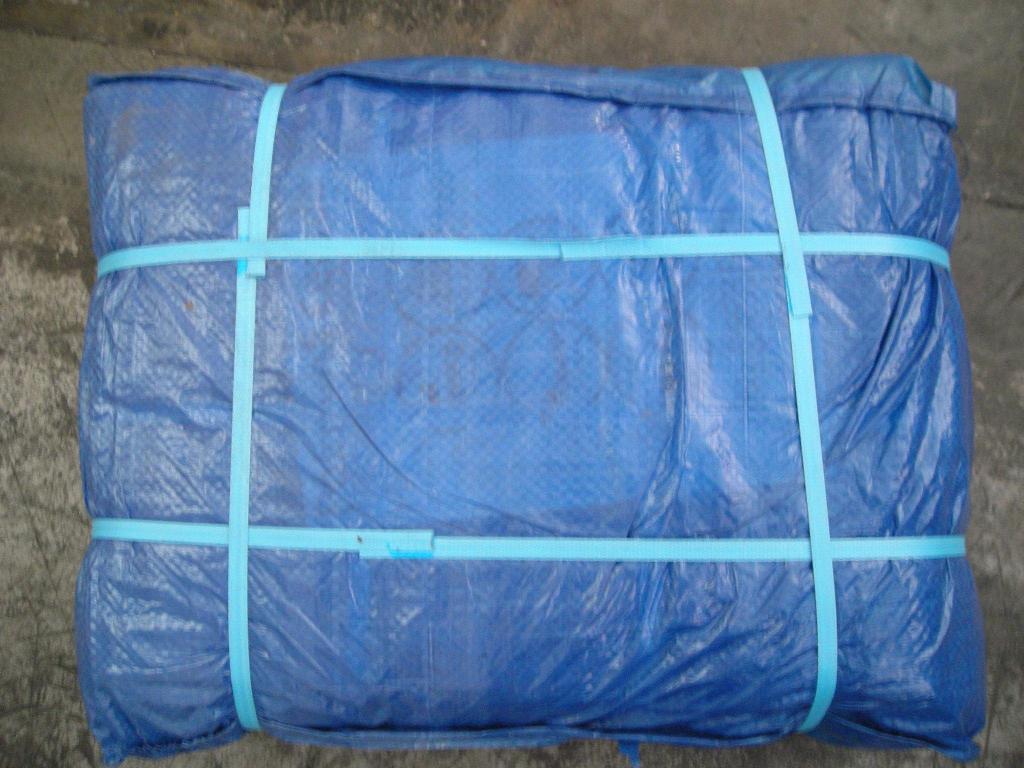
- Q: How do plastic nets affect the carbon footprint?
- Plastic nets can have a negative impact on the carbon footprint. The production of plastic nets requires the extraction and processing of fossil fuels, which contributes to greenhouse gas emissions. Additionally, when plastic nets are discarded or improperly managed, they can end up in landfills or as litter, where they take a long time to decompose and release harmful greenhouse gases. Therefore, plastic nets contribute to the carbon footprint through their production, disposal, and contribution to pollution.
- Q: Can plastic nets be used for creating safety barriers on balconies?
- Yes, plastic nets can be used for creating safety barriers on balconies. They are lightweight, durable, and provide an effective barrier to prevent accidents and keep people safe on balconies.
- Q: Can plastic nets be used for creating privacy screens?
- Yes, plastic nets can be used for creating privacy screens. They are often used in outdoor settings such as balconies or gardens to provide a barrier that blocks the view from outside. The plastic netting allows air and light to pass through while maintaining privacy.
- Q: Can plastic nets be used for basketball hoop nets?
- Yes, plastic nets can be used for basketball hoop nets.
- Q: Can plastic nets be used for marine applications?
- Yes, plastic nets can be used for marine applications. They are commonly used for various purposes such as fishing nets, containment barriers, aquaculture cages, and protection against marine debris. Plastic nets are durable, resistant to corrosion, and can be customized to meet specific marine requirements, making them a suitable choice for several marine applications.
- Q: Can plastic nets be used for bird control?
- Yes, plastic nets can be used for bird control. These nets are often used to create physical barriers that prevent birds from accessing certain areas or structures, such as roofs, gardens, or agricultural fields. The nets are designed to deter birds from landing or nesting, thereby reducing damage or health risks associated with their presence.
- Q: How do plastic nets differ from other types of nets?
- Plastic nets differ from other types of nets primarily in their material composition. While traditional nets are typically made of natural fibers like cotton or nylon, plastic nets are made from synthetic materials such as polyethylene or polypropylene. This difference in material provides plastic nets with distinct advantages such as increased durability, resistance to weather conditions, and enhanced protection against rotting or corrosion. Plastic nets are also more lightweight and cost-effective compared to traditional nets, making them popular in various industries including agriculture, fishing, and construction.
- Q: Can plastic nets be used for birdhouses?
- Plastic nets are not recommended for birdhouses as they can pose a safety hazard to birds. It is best to use natural materials like wood that provide a suitable and safe environment for birds.
- Q: How do plastic nets help in preventing weed growth?
- Plastic nets help prevent weed growth by creating a physical barrier that blocks sunlight and restricts weed seeds from reaching the soil, thereby inhibiting their germination and growth. Additionally, the nets also impede weed growth by reducing moisture availability and preventing the spread of weed rhizomes.
- Q: Are plastic nets resistant to chemical exposure?
- Yes, plastic nets are generally resistant to chemical exposure.
Send your message to us
Ready made tarps PE tarps waterproof PE tarpaulin plastic sheet for Ethiopia market
- Loading Port:
- Qingdao
- Payment Terms:
- TT OR LC
- Min Order Qty:
- 3000 m²
- Supply Capability:
- 30000000 m²/month
OKorder Service Pledge
OKorder Financial Service
Similar products
Hot products
Hot Searches
Related keywords
